Dr. Ramy Mahmoud On a New Drug Delivery Method For Sinus Infections
By Rob Dillard - Last Updated: April 27, 2023In this interview, DocWire News spoke with Ramy Mahmoud, MD, MPH, President and Chief Operating Officer of Optinose, a company that develops innovations for ENT and allergy physicians. Dr. Mahmoud spoke about the novel XHance drug delivery method helps cut the need for antibiotics in patients who get sinus infections.
XHance delivers medicine very high into the sinuses, where infection often occurs. It’s FDA-approved for patients with chronic sinusitis with nasal polyps. It’s in clinical trials for patients with chronic sinusitis without nasal polyps.
See what Dr. Mahmoud had to say.
DocWire News: Please provide us with some professional background on yourself.
Dr. Ramy Mahmoud: My name is Ramy Mahmoud. I’m a medical doctor and I’m responsible for all the research performed at Optinose, a company focused on products for ENT and allergy physicians, primarily.
How many people are impacted by chronic sinusitis, and how is it characterized?
Chronic sinusitis, sometimes also called chronic rhinosinusitis, affects a very large number of people. It’s one of the most common inflammatory, chronic inflammatory conditions in the United States affecting approximately 30 million people. It’s a fairly serious illness. People conflate it sometimes with allergic rhinitis, which is more often mild to moderate in intensity. But most cases of chronic rhinosinusitis are moderate to severe in intensity, and it has a fairly high impact on quality of life.
What are the effects of severe chronic sinusitis?
Chronic sinusitis is diagnosed by four cardinal symptoms, and an individual presenting to a doctor is expected to have two of the four cardinal symptoms to meet the diagnostic criteria. The four primary symptoms are congestion or obstruction of the nose, loss or reduction in ability to sense smell, rhinorrhea, which is purulent drainage. It can be anterior or postnasal purulent drainage, and facial pain or pressure. So at least two of those four symptoms for a minimum of three consecutive months, so 12 weeks or more. Most people suffering from this condition have many more, sometimes years of symptoms. Primarily affects people in middle age, so working age adults are the primary demographic, although it can affect adolescents or people over 65. And there’s a bunch of other symptoms that are commonly associated with it as well. It’s very common for people to have impaired sleep quality, to have symptoms that are confused with migraine headache and a variety of other symptoms that are common.
People who have this disease, think of it like a chronic symptom burden on them. So a normal person who gets acute sinusitis, which is an infection, might be normal, and then suddenly get a spike in symptoms which goes away when the infection is treated. People with chronic rhinosinusitis all the time have symptoms and then they’re also predisposed to getting these acute flares on top of that, on top of their elevated level of baseline symptoms.
How is chronic sinusitis typically treated?
People who present with chronic rhinosinusitis are often initially treated, and most international treatment guidelines call for the same initial treatment with a topically acting steroid and with some kind of saline rinses. So think of like NEOMED or neti pots that you might buy in the drugstore. So saline rinses to get that mechanical lavage and a topically acting steroid because it is safe and you’re trying to treat inflammation, not so much infection. So that’s first line treatment. People who don’t respond very well to that are often escalated fairly rapidly to a surgical procedure. There’s about 600,000 sinus surgeries in the United States every year today.
Talk to us about the XHance drug delivery method, and how it can change chronic sinusitis treatment?
Great, well thanks for asking about that. XHance is the brand name of a product. The generic language used for it is the Exchalation Delivery System with Fluticasone. It’s an innovation which is a device innovation, not really a drug innovation. Fluticasone is a drug that’s been around for a long time. It’s a good topically acting anti-inflammatory with very low systemic bioavailability, which is good because we don’t want to expose the rest of the body. The innovation, as I said, is the device. What the device does is it enables the delivery of drug to parts of the nasal labyrinth that are essentially untreated by standard nasal sprays. So I’m talking specifically about the sinus drainage tracts above the inferior turbinate bone, underneath the middle turbinate bone and kind of behind the uncinate process. And that area, called the middle meatus or the ostiomeatal complex region is very difficult to reach. Standard nasal sprays deposit almost no drug in that region. That’s been demonstrated in repeated radio labeled drug deposition studies.
So the exhalation delivery system that’s used XHance is designed to try to get the drug up into that sinus drainage tract region. And as a consequence of that, it brings a whole new type of efficacy to a drug that we’ve had a long time. Think of it a little bit like using Fluticasone and getting a different clinical effect when you put it on the skin for a rash or when you put it in the lungs for asthma. It’s not the same as putting it in the nose for treating allergic rhinitis. We’ve had that to put in the nose for allergic rhinitis for a long time. With Xhance, we finally now have a version that can actually put it up in the region that’s relevant for sinus disease.
What are some key takeaways you would like to leave our audience with?
What’s really exciting about the last couple of months is that we have finally finished a large clinical research program, a pivotal research program, comprised of two large controlled trials testing Xhance, the EDS with Fluticasone for the treatment of chronic sinusitis, all chronic sinusitis including chronic sinusitis without nasal polyps.
I should probably back up and tell you that chronic rhinosinusitis comes in two phenotypes. So when an ENT doctor especially looks deep in the nose with an endoscope, sometimes they see nasal polyps and sometimes they don’t. Nasal polyps are probably seen in maybe 15 to at most about one third of patients with chronic rhinosinusitis. Most patients don’t have the nasal polyps and there are no approved drug treatments for those patients. Never have been. Not for lack of trying, but because no drug has ever been shown to be effective.
So what’s exciting is that we finished these two large clinical trials addressing this broad population. They enrolled about 555 patients at 120 sites in 13 countries. And what we found is that in both trials, we showed statistically significant improvement of both symptoms and disease inside the sinus cavity measured with CT scans in chronic rhinosinusitis patients, and that’s patients with or without nasal polyps. So that’s pretty exciting news that’s never been shown before with any kind of topically acting intra nasal treatment.
Even more interesting, or maybe I should say as interesting, is the fact that we looked for those acute exacerbations. So just like with asthma and other respiratory diseases, acute exacerbations can be a really big deal in this disease. There are 10 million physician visits for chronic rhinosinusitis in the United States every year. 70% of those result in the prescription of an antibiotic. So it’s one of the top, or maybe even the top reason for adult outpatient antibiotic prescribing in the United States. So it’s really important to try to reduce that if you want to both help the people who are suffering those symptoms and increase antibiotic stewardship and reduce the overall use of antibiotics and emergence of resistant strains of organisms.
So what was exciting here is that we found a large reduction, up to two-thirds reduction in the number of acute exacerbations of chronic rhinosinusitis with people who received XHance. So it’s the first drug that’s ever been shown to do that, and it’s maybe potentially a very important tool for treating this really common outpatient disease.

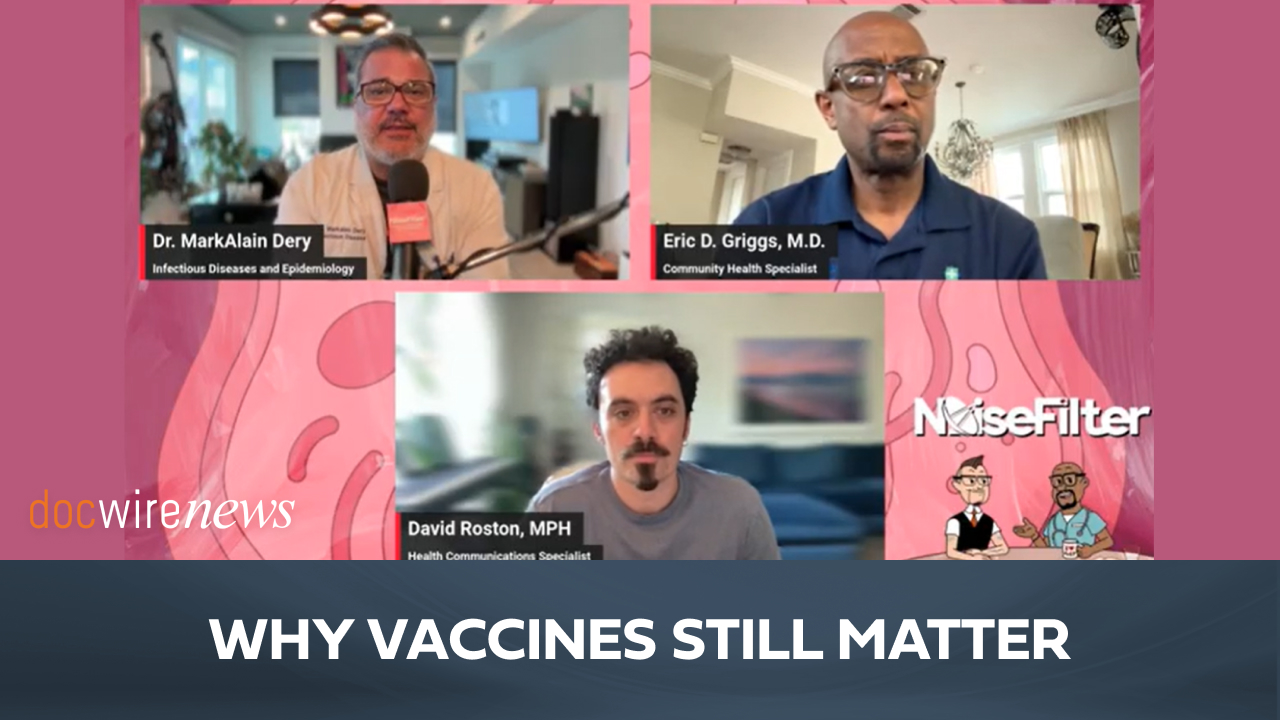
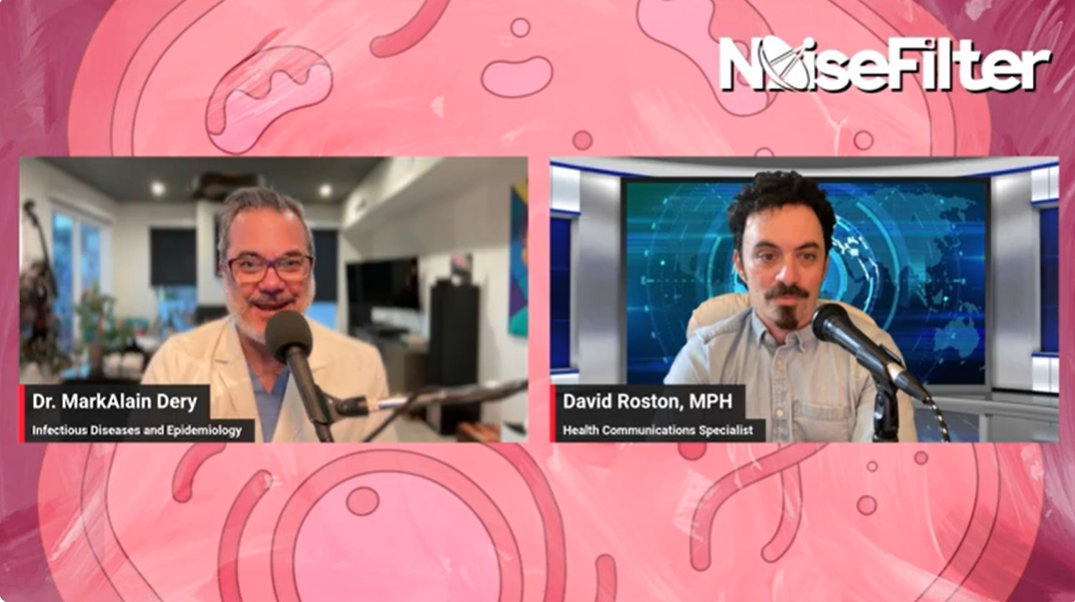
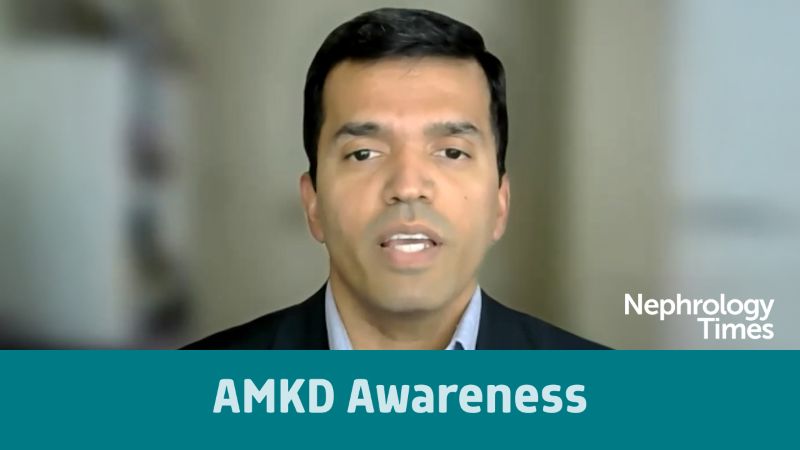
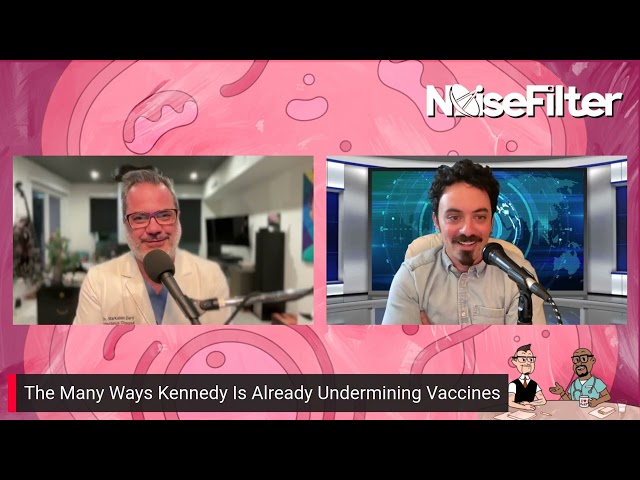
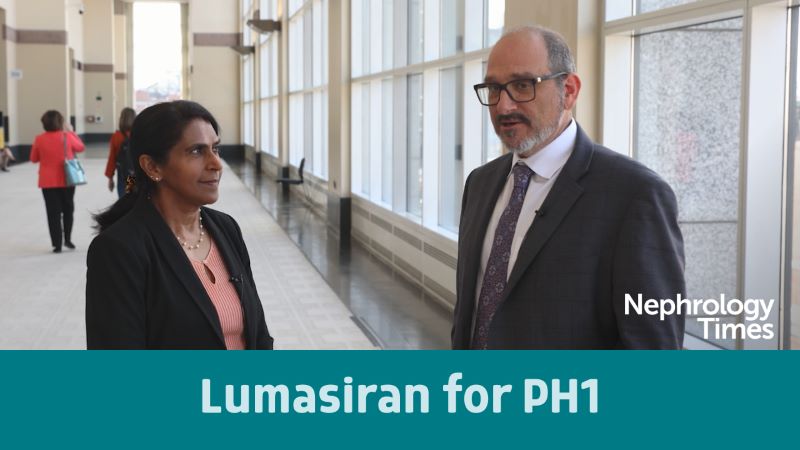

 © 2025 Mashup Media, LLC, a Formedics Property. All Rights Reserved.
© 2025 Mashup Media, LLC, a Formedics Property. All Rights Reserved.